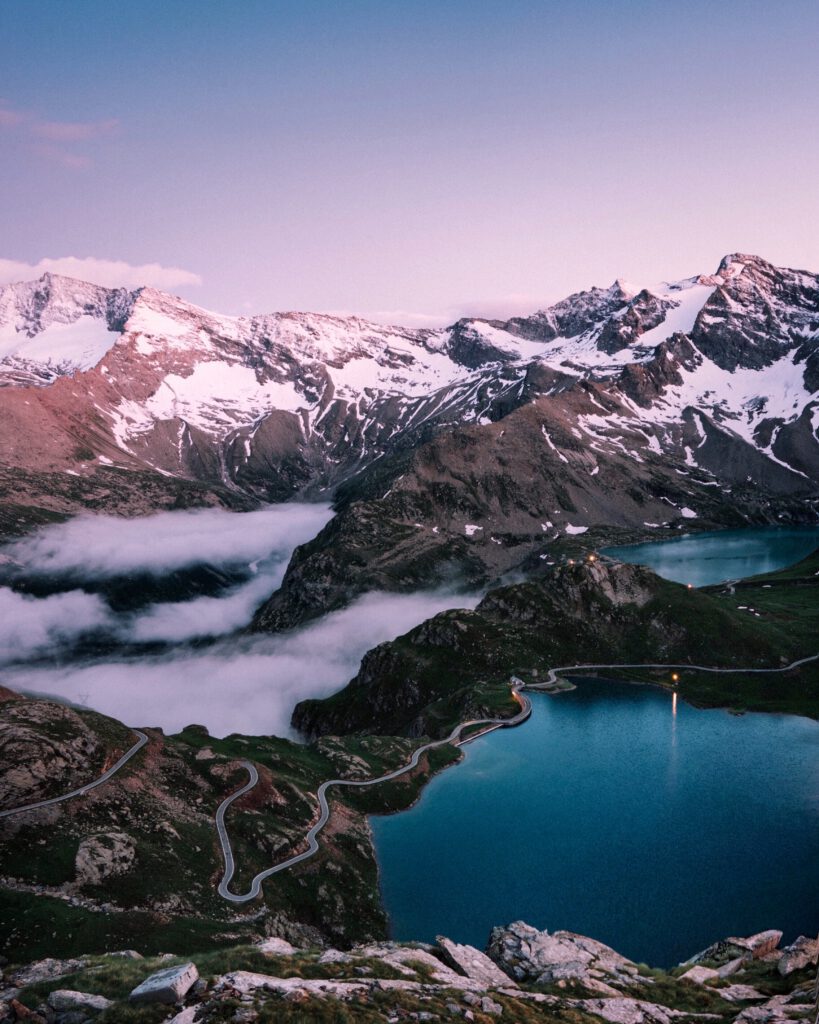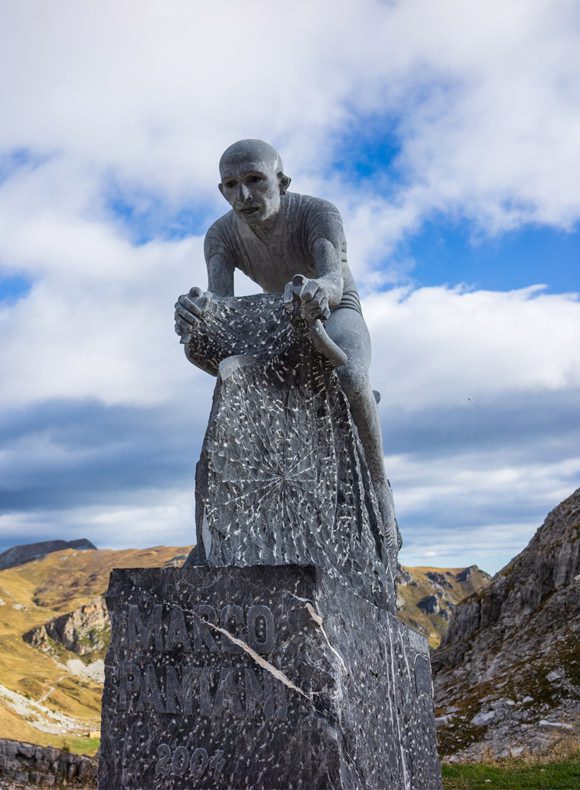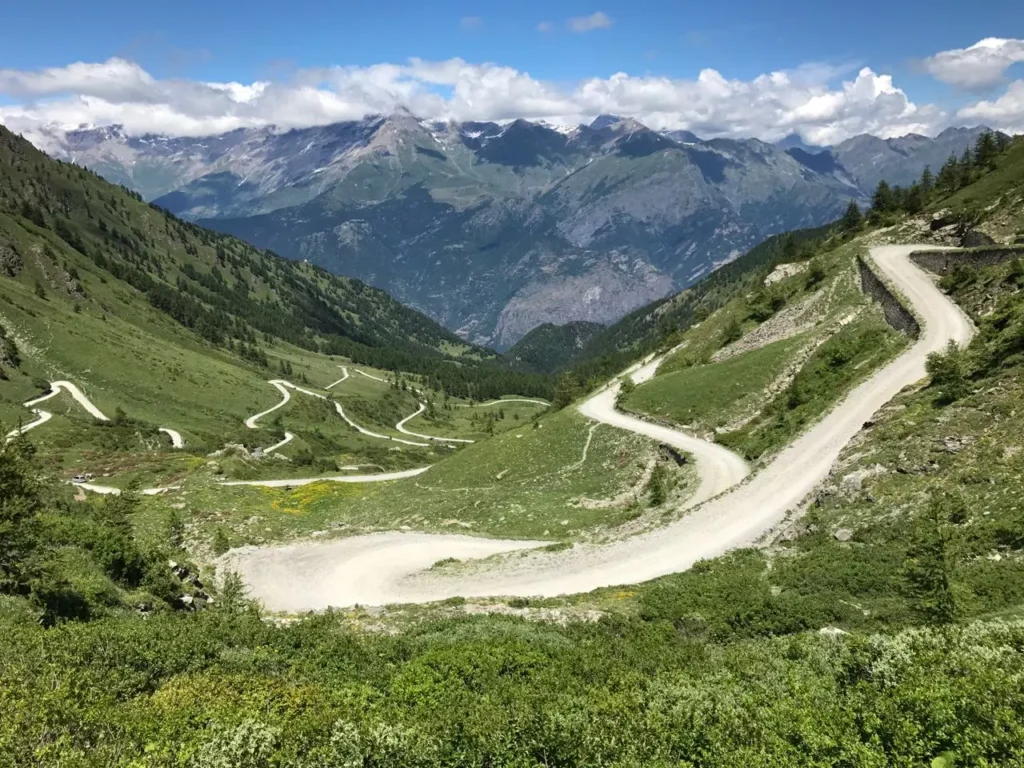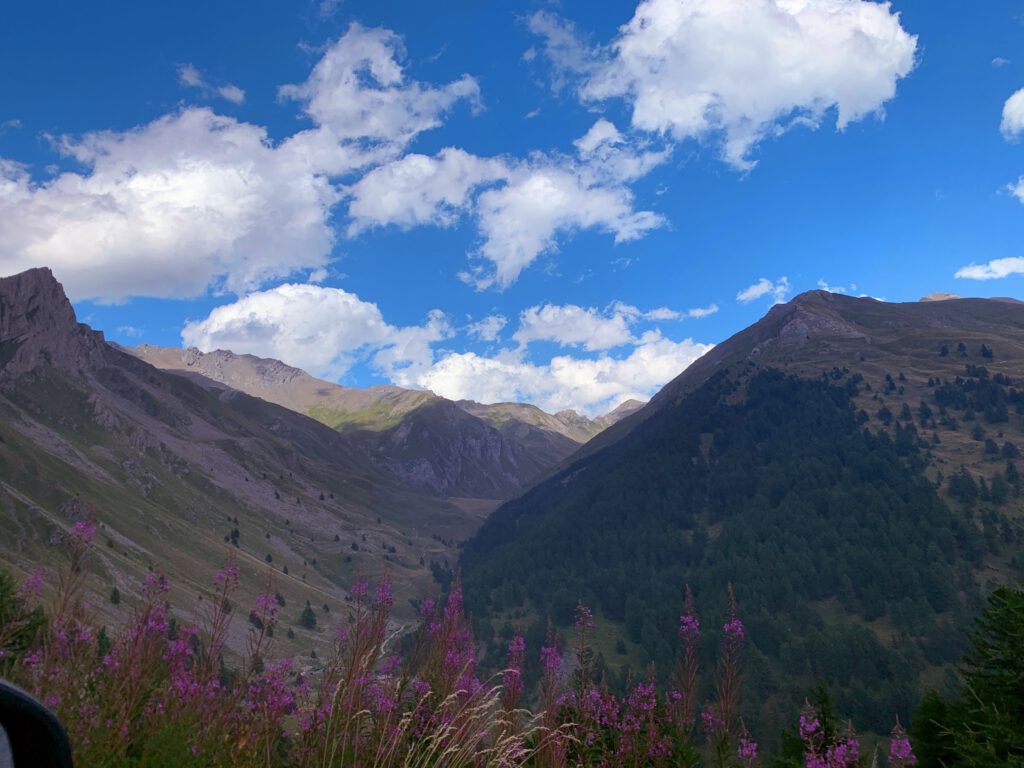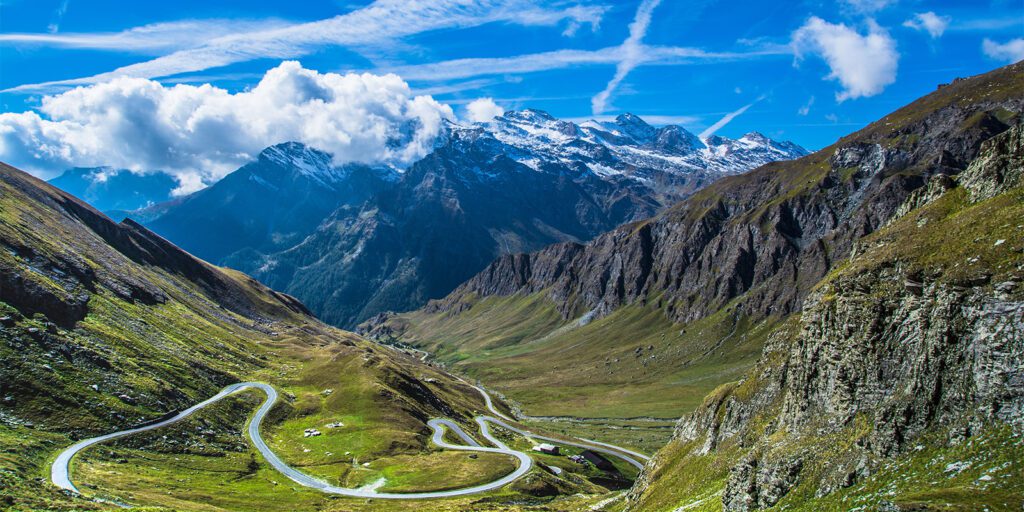In Italy, you have many regions with beautiful climbs. Of course, everyone knows the rolling hills of Tuscany and for the seasoned cyclist also know the Dolomites few secrets. To get over the Stelvio, Mortirolo and Gavia not to mention. The region Piedmont still sometimes gets snowed under in all the stories. Sometimes literally, but mostly figuratively. Villages like Sestriere and Bardonecchia give more recognition to ski fans than to cyclists. Still, the Piedmont (as we say in the Netherlands) is a region you really must have been to once. It is relatively quiet with cyclists. Perhaps because the challenges ahead are quite tough. Ask Steven Kruijswijk about Piedmont again and he will show a painful grimace. We looked for the 5 climbs with the biggest difference in altitude in Piedmont. Take a look and enjoy.
1. Colle del Nivolet
This is an absolute classic. From Courgnè, you are climbing a total of 56 kilometres and in those kilometres you bridge a total of 2320 altimeters. Once you reach the top, you're above 2600 metres, 2612 to be precise. The climb is stunning, with many hairpin turns that make for photogenic moments. The first part of the climb goes through the Valle dell'Orco and is actually more false flat than a real climb. At the small church of Madonna del Caravaggio, the real work begins. Do not underestimate this climb as it contains long stretches above 9%. One advantage: the maximum is 'only' 12%. So it's no agony, but you'll be on the road for a while.
Michiel van Lonkhuizen –(c) Cyclingcols.com
2. Colle del Fauniera
Just west of the town of Cuneo, where one Fausto Coppi is held in high regard and where you can ride the GF Fausto Coppi every year, you will find the Colle Del Fauniera. In terms of length, this one is a bit shorter than the Nivolet, but in terms of challenge, it's definitely going to hurt. Because when you cover 1849 altimeters in 31 kilometres, you are talking about a tough, long climb. You can climb the Fauniera, which has a summit at just under 2,500 metres, from three sides, but the climb from Valgrana is the longest and ultimately the toughest. What makes this climb extra special is the small monument erected to the 'pirate'. Marco Pantani established his name here, on the flanks of the Fauniera in the 1999 Giro d'Italia. If you ride up via the southern variant, this is well worth a stop.
3. Colle delle Finestre
While the painful northern side of this climb, starting from Susa, traverses 'only 1700' altimeters, the other two variants are a lot friendlier in nature. You then cover an altitude of 1824 metres in 49 kilometres, but you do so at 3.5% average. The north side is a pain of 18 kilometres where you are at an almost continuous ascent above 9%. that is a kind of double Giau and it is already not to be enjoyed. According to many, that variant is also one of the toughest climbs in Italy.
Dessert is the last stretch of unpaved road you encounter. It is a magnificent monster, where you eventually find the summit at 2149 metres. Above the trees and with stunning views.
Colle delle Finestre (c) Rennradler.it
4. Colle dell'Agnello
How many times would Steven Kruijswijk wake up, bathed in sweat and balking at himself. After climbing the Italian Agnello, the descent into France followed. The Shark of Messina (Vicenzo Nibali) put him under pressure and between the white walls of snow in France, 'Tintin' succumbed. The blow was immense and since then many will remember where the Colle dell'Agnello lies. The summit of this two-country climb is just southwest of Pinerolo. From the village of Sampeyre, you bridge over 1800 altimeters in 31.6 kilometres. That's no cat's paw. Then you also have to factor in that the steepest kilometres are saved until last. If you have 9 kilometres to go, the counter doesn't actually go below 10% and for kilometres you ride at 10.5% and steeper. Logical that even the pros had to take a break on the descent. A brilliant number 4 in this list.
(c) Adobe Stock
5. Colle Esischie
Neighbouring the Colle del Fauniera is the Colle Esischie. This very unknown climb bridges a total of 1736 altimeters, making it number five in our list. This one also starts from Valgrana, but you take a slightly different route. Eventually you do end up at 2368 metres altitude. Again, the devil is in the tail, so save your legs at the start. This col is often ridden together with the Fauniera. Together with the Fauniera, the Colle della Bandia and Colle di Valcavera, the Esische forms the Colle di Cuneo.

